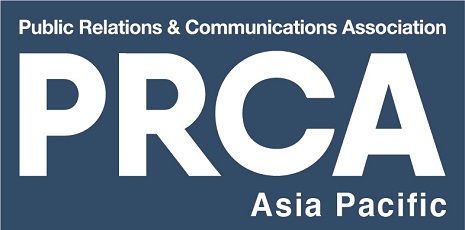PR Insights Series: Optimising Your Content Strategy for AI Search

Search remains key for communications, but a shift in user behaviour is impacting strategy. As more people search using AI instead of traditional search engines, communicators need to ensure they are up to speed.
There’s a lot of information on AI, content and search, but much isn’t suitable for PR professionals and communicators. As champions of the industry, we aim to change that with our AI Insights for PR Professionals and Communicators.
Here, we explain how to optimise content strategy for AI Search. We have leveraged research, data and insights gained from our business worldwide and five leading LLMs, Generative AI models – Open AI’s ChatGPT 5, Microsoft’s Copilot, Perplexity, Google’s Gemini and Chinese DeepSeek.
In part two of this series, we will look at how this translates into content; how to develop quality content optimised for AI Search.
Some key aspects for optimising content strategy for AI Search:
- The difference of AI Search to traditional Google search.
- The sources for AI models, where they get information.
- The features of AI optimised information and content.
- The key role of online news, media and press releases.
How Does AI Search Differ from Traditional Search?
Traditional search engines rely on keywords and metadata, such as meta titles and descriptions, and on exact search words. Content ranks higher in search results based on factors like page popularity, backlinks and SEO. Results aren’t necessarily relevant to users’ questions.
AI Search is based on questions and uses natural language processing to understand the meaning behind questions, instead of just matching keywords and providing a list of links. AI models search across many sources and provide summaries of searches as answers to questions.
AI Search strategy requires a shift, from keywords, SEO and optimising for Google rankings – to optimising for AI with GEO, Generative Engine Optimisation. Natural language, Q&A formats, and machine-friendly structure make content understood and surfaced by AI models.
What are the Main Sources of Information for AI Models?
As we get more of our information from AI models instead of search engines, it’s an important question. To make content visible, cited and referenced in AI search results, understanding how and from where LLMs get their information is key.
Our research uncovers valuable insights into how content strategy can be adapted for higher visibility in AI search results while driving earned media. The research also shows that the main sources of information are quite similar across the five Gen AI models we benchmarked.
Below are the main information sources for AI models, across our five leading LLMs. Gemini uses these with the variation that it leverages Google’s search infrastructure, such as their web index.
Main Sources of information for AI Models
- General news media; global, international and regional.
- Company websites, company blogs and press releases.
- Reference sites such as Wikipedia, and encyclopedias.
- Community forums/discussion boards – Reddit, Quora.
- Academic/scientific journals, papers and institutions.
- Government/institutional sites ending with gov/edu.
- Industry/Trade media – business, health, tech etc.
- Video and multimedia sites, such as YouTube.
To optimise content strategy for AI Search, PR professionals and communicators need to ensure their brand content is featured and referenced in these sources as applicable. Some are commonly targeted for SEO, while others are overlooked.
We need to consider which categories can be leveraged within budgets, which are harder or easier to build and maintain a content presence in, and which are most relevant to target audiences.
How Do You Optimise Information and Content for AI Search?
As mentioned, we dive deeper into the details of this in our next PR Insights article on AI. But here are some high-level tips on how to structure information and craft content for better AI search performance.
When optimising for AI, write in a natural, human tone – LLMs prefer content that feels like it’s written for people, not machines. Also, prioritise intent over keywords – AI models care more about relevance and clarity than keyword stuffing.
To structure content for AI Search, use clear headings, bullets, and layouts that can be skimmed through – this makes it easier for AI to summarise. Content should answer real questions clearly and concisely.
Where it makes sense, for instance in sections about products and services on company websites, use FAQ formats, which LLMs can easily cite.
In terms of content, AI likes thought leadership. Publish insights, research, and expert commentary – LLM models prioritise this type of content. Be transparent about authorship with bylines, credentials, and clear publishing entities. AI systems look for “who” is speaking.
What’s the Role of News and Press Releases in AI Search?
Online news, media and press releases play a key role in content strategies optimised for AI Search. As our research found, LLMs and other AI models lean heavily on credible, and authoritative online sources – official news media sites, sources with content frequency, and publications with strong E-E-A-T signals.
To build and reinforce brand presence in AI search results, it’s important that your content is featured in the news on high-authority media sites. A content strategy optimised for AI Search entails both content in owned channels and earned media.
Press releases, especially verbatim releases such as those from MediaOutReach Newswire – on authoritative online news sites – provide a powerful, cost-effective way to ensure that your content is on the sources AI models use and cite in search results.


